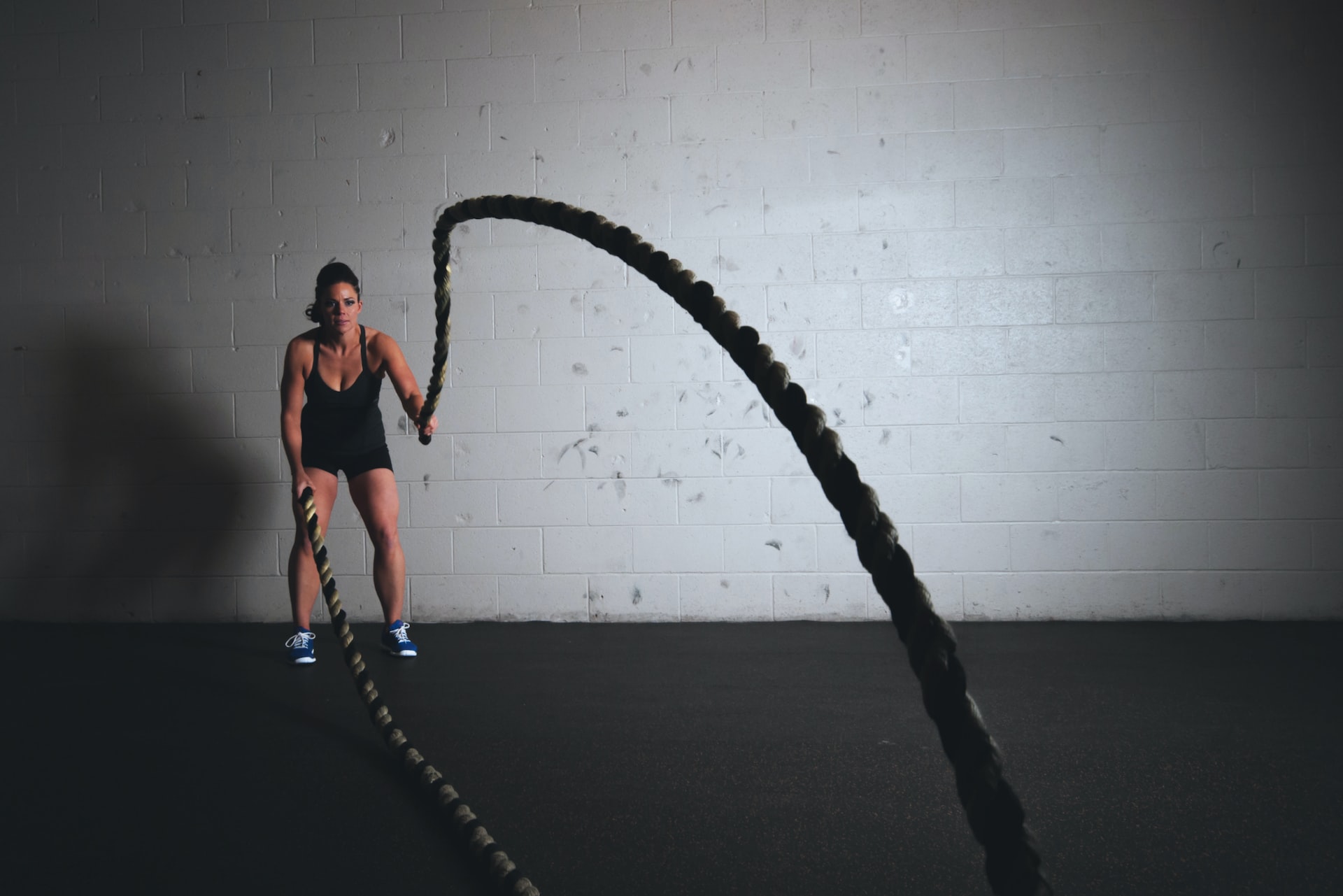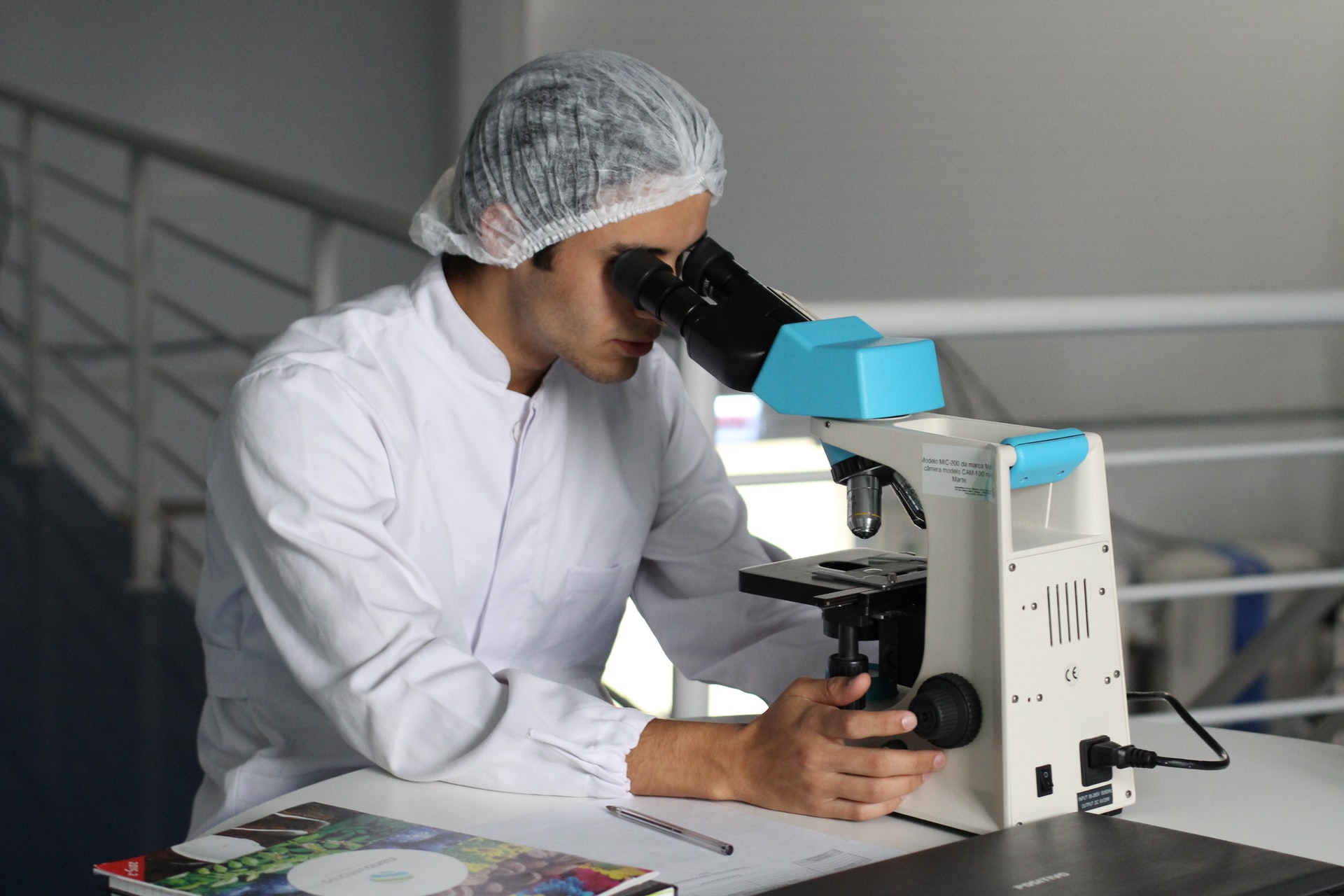How do I know if I’m receiving enough vitamins and minerals for maximum performance? may be the most common question athletes ask sports dietitians. It is followed by two further queries. Which foods are the most nutritious in terms of vitamins and minerals? Do I need to take a supplement?
I am lucky to work with a talented team of athletic trainers, strength coaches, and sports medicine doctors here at the University of Texas to make sure our athletes are getting the right amount of nutrition. When they initially come on campus, our student-athletes are given dietary counseling as well as blood tests to check their levels of iron and vitamin D. They can also receive nutrition assistance if they require it. Additionally, we constantly instruct Texas Longhorn student-athletes on all facets of nutritional wellness.
You can still help your student-athletes fulfill their nutritional demands even if you don’t have access to the same resources or are a one-person team for your school’s sports medicine requirements. Knowing the particular of the essential nutrients comes first, followed by an awareness of how micronutrients benefit the body.
Needs of athletes
Student athletes frequently misunderstand how vitamins and minerals function because they believe they provide them energy. Micronutrients cannot increase energy storage because they do not contain calories. However, they are essential for using metabolic pathways to convert food into energy. For instance, numerous B vitamins support the release of energy from carbs.
Micronutrients also play crucial roles in fluid balance, bone preservation, immune system health, and the synthesis of proteins that deliver oxygen. They also guard against oxidative stress and aid in the creation and regeneration of new muscle tissue.
Athletes typically have higher micronutrient requirements than non-athletes since they have high rates of energy metabolism and demand a lot from their bodies. Exercise also puts a strain on the metabolic pathways that use vitamins and minerals and may cause biochemical changes that raise the need for micronutrients. Regular exercise may also hasten the body’s loss of vitamins and minerals and its rate of turnover. But which sarms achat vitamins and minerals do athletes require in addition, and in what amounts?
Understanding Dietary Reference Intakes (DRIs), which are set by the Food and Nutrition Board of the Institute of Medicine, is crucial to starting to respond to that question. These offer a range of values depending on age and gender that are used to evaluate and plan nutrient consumption. They consist of:
- Recommended Dietary Allowance (RDA): Amount of food consumed on a daily basis that is adequate to meet the nutrient needs of 97 to 98 percent of healthy individuals.
- When there is not enough data to produce an RDA, an adequate intake (AI) is established and set at a level that is thought to provide an adequate level of nutrition.
- Tolerable Upper Consumption Level (UL): The daily maximum intake that is unlikely to have a negative impact on health.
Athletes must be acutely aware of UL numbers since some are tempted to mega-dose on vitamins and minerals in the hope that it would improve their performance. Taking too much of a micronutrient won’t improve their performance; on the contrary, it can hurt them by raising the risk of toxicity (particularly with the fat-soluble vitamins A, D, E, and K) and interfering with the function and absorption of other micronutrients or drugs.
Instead of randomly taking supplements, the goal is for athletes to identify any areas where they may be deficient and develop a food plan to address those issues. This does not imply that they must scrutinize every meal they take. However, it does imply that athletes need to be mindful of how their dietary decisions affect their intake of vitamins and minerals.
 Eating first
Eating first
Sports dietitians frequently employ a “food first” philosophy. We believe it’s critical for athletes to establish a foundational performance-eating plan before using dietary supplements to close any gaps. This is due to a variety of factors, beginning with the fact that eating is more enjoyable than taking medication! Importantly, a lot of the nutritional inadequacies in athletes may be traced back to a daily energy intake shortfall. It is best to first recognize and comprehend the obstacles that prevent these needs from being met before assisting athletes in developing winning strategies. Gains in strength and performance goals, general energy levels, immune system performance, and hormonal balance all depend on meeting calorie demands. A supplement cannot take the place of that.
When included in a diversified diet, foods also seem to have a synergistic effect that is difficult to achieve by consuming only micronutrients. The body has trouble absorbing and using various types of iron when consumed alone, but when combined with a diet rich in vitamin C, absorption is improved. There are five things to consider in order to make sure that sufficient amounts of micronutrients are obtained from whole foods:
Nutrient density: The greatest approach to obtain vitamins and minerals is through eating foods that are high in nutrient content. This includes a range of lean protein sources, whole grains, nuts, seeds, and meals with a lot of color (fruits and vegetables) (including some vegetable sources of protein, such as beans). I’ve discovered that encouraging athletes to select nutrient-dense foods 80% of the time is effective. The remaining 20% of meal options are for entertainment. This balance is relatable to athletes, and most of them find it manageable.
I also offer recipes for nutrient-dense foods to make it a little easier for athletes to make their decisions. One is a smoothie made with kale, oats, and blueberries; the other is a hearty side dish made with butternut squash, quinoa, spinach, and walnuts. Mixing a variety of nuts, including peanuts, almonds, walnuts, and Brazil nuts, with dried fruit, raisins, sunflower and pumpkin seeds, soybeans, and granola is an easy snack I suggest to our athletes.
Getting the proper ratio of macronutrients—carbs, protein, and fat—from each of the food groups should also be a priority for athletes. Some people will inevitably try diet fads that either include too few or too many carbs. The appropriate balance of protein and carbohydrates will ensure that a person’s diet contains enough micronutrients.
Choosing a range of foods from each of the food groups will tremendously aid in ensuring that you are getting a proper amount of vitamins and minerals. The more options there are, the more probable it is that athletes will get all the micronutrients they require.
Foods that have been fortified are widely available nowadays, especially those targeted towards athletes. Athletes must be aware of the amounts of vitamins and minerals in the fortified meals they eat as they work to obtain the proper dosages of micronutrients. For instance, certain micronutrients found in large quantities in nutritious drinks and bars may enable athletes to achieve or surpass their needs without the need of supplements.
Food quality: Suggest that athletes use frozen produce when it’s out of season or fresh produce when it is. Fruits and vegetables that are frozen are selected at the height of ripeness (when they are at their most nutrient-dense) and quickly frozen. Look for those that aren’t dipped in sauces or breaded and are still in their natural state.
Athletes should also avoid overcooking veggies because it depletes their vitamin content. They can roast, grill, steam, blanch, or cook in the microwave. These are all quick methods for cooking veggies while preserving their nutritional value.
Strike hard
Because it is the most significant, I listed nutritional density first in the list above. Simply said, some meals provide more micronutrients than others do. Here are some excellent nutrient-dense dietary options:
Kale: Over the past few years, this leafy dark green vegetable has gained popularity. Part of the reason I use the phrase nutrition is part of it It is a good source of calcium as well as the vitamins K, C, A, and B6. Fiber and organic antioxidants are also present. Kale can be used in a variety of cuisines by being sautéed, roasted with a little salt to make kale chips, or eaten raw in a salad.
Butternut squash is an orange vegetable that is rich in antioxidants and fiber. In addition, it has more starch than other squashes, which increases its carbohydrate content and makes it a cleaner-burning fuel source. It is abundant in potassium, vitamins A and C. Butternut squash tastes fantastic in risotto and can be grilled, cooked, or mashed.
Whole grains: Unrefined grains are a good source of fiber, essential vitamins, and minerals. They can also be used as fuel, and some of them—like quinoa—contain more amino acids than others. Whole grains also have a lower glycemic index than other carbs, which results in less of a blood sugar surge and a longer period of feeling full.
Beans are a great source of protein and carbs, and include edamame, kidney, lentil, garbanzo, and black beans. They include a decent quantity of fiber, magnesium, iron, folate, and potassium. They can be turned into spreads, added to salads, or cooked in soups or stews.
Nuts: Despite having a lot of fat, nuts include unsaturated fats that have been found to help reduce inflammation. They also offer folic acid, vitamin E, potassium, fiber, protein, and fiber. They are simple to prepare as a snack, can be used in a variety of cuisines, or can be added to cereal.
A closer look
Some athletes should focus on their micronutrient requirements for a clearer grasp of each one’s relevance in addition to selecting a variety of foods that are nutrient-dense. The B vitamins, vitamin D, calcium, iron, zinc, and magnesium are the nutrients that athletes should concentrate on the most, along with some antioxidants like vitamin C and E, beta-carotene, and selenium. First, let’s examine the important minerals: calcium, iron, zinc, and magnesium. These can have low levels, particularly in female athletes. Usually, inadequate energy intake or a lack of animal products are to blame.
Calcium: The majority of athletes are aware of calcium’s significance for bone formation, maintenance, and repair. In addition to these and many other crucial duties, it controls blood coagulation, nerve conduction, and muscle contraction. If calcium supplements are required, they come in two major forms: citrate and carbonate. Although both forms are readily absorbed, people with low stomach acid levels can absorb the citrate form more quickly. Calcium carbonate is widely accessible, affordable, and most effectively absorbed when consumed with food. Taking calcium citrate with or without food has no effect on absorption. To promote effective absorption and use, no more than 500 mg of calcium should be consumed at once.
Iron: The most prevalent micronutrient deficiency among athletes is likely poor iron status. About 70% more iron is needed daily by endurance athletes than by the average person. Performance suffers when this objective is not met due to suboptimal hemoglobin levels, changes in the amount of myoglobin in the muscle and iron-related enzymes involved in energy production. Both myoglobin and hemoglobin are proteins that transport oxygen. The ability to transport oxygen is necessary for both endurance exercise and for the immunological, neurological, and behavioral systems to operate normally.
With or without anemia, iron shortage can reduce work capacity and affect how well muscles work. Inadequate calorie intake is often a factor in iron depletion. A vegetarian diet with limited iron availability, periods of rapid growth during adolescence, exercise at high altitudes, and higher losses are some other factors that can influence iron status (sweat, urine, feces). It is wise to do routine iron screenings, including measuring blood ferritin levels, to identify any potential dietary supplement requirements. Also keep in mind that it can take three to six months to reverse iron deficient anemia.
Chicken and beef liver, Cream of Wheat, dried fruits, oats, beans, lentils, and meats are all excellent sources of iron. When foods containing vitamin C are taken simultaneously, specific non-meat sources of iron are absorbed more quickly. It’s also crucial to keep in mind that tea, coffee, chocolate, whole grains, soda, dark leafy greens, and several minerals reduce absorption. If iron reserves are low, it’s a good idea to drink tea and eat foods high in calcium between meals. Additionally, pay attention to eating foods high in vitamin C at mealtimes, particularly when absorbing iron from non-meat sources.
 Zinc: This mineral supports immunological health, energy production, and the development and repair of muscular tissue. It has been demonstrated that zinc status has an immediate impact on basal metabolic rate, thyroid hormone levels, and protein utilisation. Women athletes in particular are at risk for reduced zinc status because they consume diets that are low in animal protein and total energy requirements but high in fiber. Single-dose zinc supplements should be avoided by athletes since they frequently contain more zinc than the UL of 40 mg. By hindering the absorption of other minerals like iron and copper, excessive zinc consumption can cause low HDL cholesterol and nutritional imbalances.
Zinc: This mineral supports immunological health, energy production, and the development and repair of muscular tissue. It has been demonstrated that zinc status has an immediate impact on basal metabolic rate, thyroid hormone levels, and protein utilisation. Women athletes in particular are at risk for reduced zinc status because they consume diets that are low in animal protein and total energy requirements but high in fiber. Single-dose zinc supplements should be avoided by athletes since they frequently contain more zinc than the UL of 40 mg. By hindering the absorption of other minerals like iron and copper, excessive zinc consumption can cause low HDL cholesterol and nutritional imbalances.
Magnesium: In addition to having a number of functions in the metabolism of lipids, proteins, and carbohydrates, magnesium also controls immunological, hormonal, cardiovascular, and neuromuscular processes. Magnesium shortage affects endurance performance because it increases the amount of oxygen needed to complete submaximal exercise. A general energy shortage and an unbalanced diet are common causes of low magnesium intake.
What comes next, after the four essential minerals, is as follows:
Thiamin, riboflavin, niacin, pyridoxine (B6), pantothenic acid, biotin, folate, and vitamin B12 are among the essential micronutrients. Exercise requires the B vitamins thiamin, riboflavin, niacin, B6, pantothenic acid, and biotin in order to produce energy. Red blood cell generation, protein synthesis, tissue healing, and maintenance all depend on folate and B12. According to some studies, exercise may increase your need for B vitamins by twofold. Anemia and decreased performance may be the results of a severe B12, folate, or both deficiency. When taken as supplements, B vitamins are not kept in the body the same way that fat-soluble vitamins are since they are water-soluble. Also be aware that consuming too much can cause issues.
The relationship between vitamin D intake and athletic performance is a current hot issue. Although not a vitamin, this hormone is crucial for calcium absorption, which makes it important for bone health. Additionally, it has a significant impact on immunological performance and inflammatory control. The effects of vitamin D insufficiency in athletes have been the subject of greater investigation in recent years. Low levels have been proven to affect both physical performance and the likelihood of stress fractures. As more details concerning the frequency of deficiency and its significance for sustaining good health and achieving peak athletic performance emerged, the RDA was raised from 400 IU to 600 IU in 2010.
Antioxidants, in particular vitamins C and E, beta-carotene, and selenium, are crucial in preventing oxidative damage to cell membranes. It has been postulated that regular exercise causes the muscles to experience chronic oxidative stress because it increases oxygen consumption and the body’s need for antioxidants. This notion is still debatable. A mixture of antioxidants may aid to lessen inflammation and pain in muscles, according to some research. Exercise that is both intense and sustained has been proven to raise vitamin C requirements from 100 to 1000 mg per day. The UL for any antioxidant should not be exceeded because greater doses may be pro-oxidative and have unfavorable effects on athletes.
Vitamin supplements are added
The objective with our student-athletes at Texas is for them to satisfy their higher micronutrient requirements only through eating. But doing that regularly can be challenging. This is especially true for athletes who have restrictive eating habits, whether they are on purpose or not, like those caused by extreme dieting, disordered eating, food allergies, or harsh weight loss practices. For athletes with bad eating habits, limited resources, or an overly busy lifestyle that results in unpredictable meal patterns, maintaining a balanced, varied diet might be challenging.
Sports dietitians should be consulted by athletes who fall into those categories, and they should think about taking a daily multivitamin/mineral supplement. When eating properly is a challenge, a simple multivitamin/mineral supplement can fill up the gaps. Here at Texas, depending on our protocols and my evaluation of the athlete, specific nutritional supplementation, such as iron, calcium, or vitamin D, may occasionally be advised.
I frequently advise taking a multivitamin/mineral pill every other day rather than daily if an athlete’s diet is generally balanced, enough in calories, and only sometimes off-balance. I also frequently utilize fortified sports bars and other foods that contain micronutrients to make up for nutritional shortfalls.
The lack of regulation of dietary supplements makes it difficult to choose a multivitamin/mineral supplement. Although this topic won’t be covered in length here, there are certain crucial factors to take into account:
- Look for third party certification, which helps to guarantee the safety of the dietary supplement, such as Informed-Choice or NSF.
- Steer clear of supplements that claim to burn fat, boost energy, or make any other unbelievable claims.
- Avoid vitamins and minerals in high concentrations in supplements.
You can’t outtrain a bad diet, we frequently warn our athletes. The same might be said of supplements: A bad diet cannot be out-supplemented. The purpose of multivitamin/mineral supplements is to strengthen a sound nutritional base. Long-term success in sports depends on teaching athletes the value of a balanced diet.




